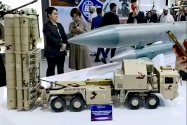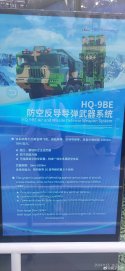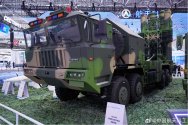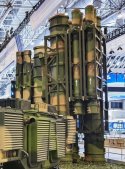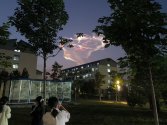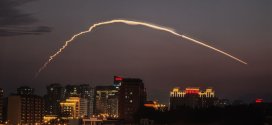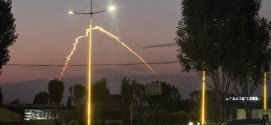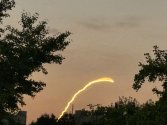Here’s some speculation about the HQ-29. First, the obvious: due to its sheer size, it is clearly a (primarily) strategic focused system, rather than a counter MR/theater system a la HQ-19/SM-3 etc.
It’s been offhandedly rumoured a few times without elaboration that it’s a KEI-equivalent, but this claim is somewhat confusing. For one, KEI before its cancellation was intended (to my knowledge) to be a boost phase focused capability with secondary early midcourse ability, to complement other midcourse systems in US NMD. But obviously, the vast majority of (if not all) strategic BMs launched against China would not be accessible in boost phase, likely even for India. KEI itself was cancelled in large part due to how impractical a surface based boost phase intercept was realized to be. So I don’t see much of a realistic boost/post-boost role for this system.
That leaves midcourse. If this is the case, I have a strong suspicion that it likely features a NGI/MOKV type multi KKV payload, for two reasons. One is the number of MIRVs facing China is so vast a single KV per ABM design wouldn’t put a meaningful dent in it, so I fail to see how procuring this would make financial or operational sense. 2, GBI is 20+ year old tech, and I highly doubt a system this new would follow the same approach. Overall it just seems implausible they’d invest in this system yet not incorporate multi KV tech at this time especially when it’s been floating around in the western space for decades in multiple iterations & soon to be deployed with NGI. Multi KV also seems like innately not as challenging a tech as some other things China has been pulling off recently. Eg, NGI is delayed but apparently because of the booster motor not difficulty of core features. Of course, HQ-29 being in service would mean China 弯道超车’d the US to a finished product yet again.
To be charitable to the rumours, I guess they may have also been alluding to HQ-29 being fast-accelerating similar to KEI, or merely that they’re both road-mobile. Also, technically they’re not fully in conflict because the MKV supposedly could’ve equipped KEI as well; I suppose it’s not inconceivable they did also incorporate some sort of boost phase capability into HQ-29’s design.
I also just found
CCTV segment that seems to reinforce my interpretation. They clearly state it as being an ICBM-capable ABM but only mention it being a midcourse system and characterize it as like a GBI but mobile.
I’m also curious to see how the US might respond to this, given that if the above is true it may begin to approach a meaningful degradation of their deterrent, at least if China builds more than a handful of these with it being a much more cost effectively scalable BMD. (Both China & Russia have complained numerous times about current-iteration GMD which this should be far surpassing.) Deploying more warheads seems like a very possible reaction.
Curious if anyone has thoughts or has seen more credible rumours about this thing, and also if there have ever been any known test events that could’ve corresponded to a multi-RV intercept test (obviously the chance there have been one(s) that neither side announced is also very high).

